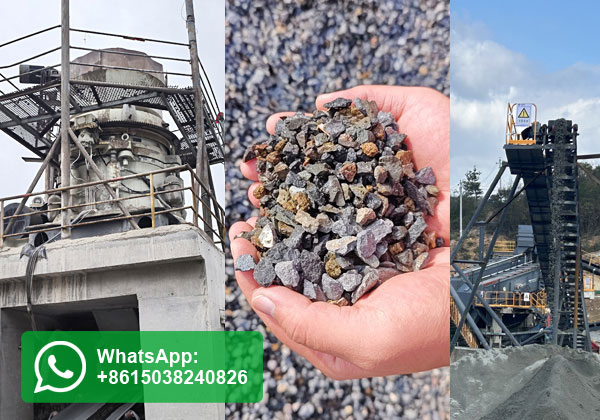Purchasing a gravel crusher is a significant investment for any construction, mining, or quarrying operation. The cost can vary greatly depending on the crusher type, production capacity, brand, and level of automation. Understanding these factors is essential for choosing a machine that fits both operational requirements and budget constraints. While some crushers are affordable for small businesses, larger industrial-grade machines come with a higher price tag due to their robust construction and high output.
The price range for gravel crushers varies widely. Small portable jaw crushers suitable for light-duty projects can start from around $10,000 to $30,000. Mid-range machines with higher capacity and more durable components typically cost between $50,000 and $150,000. For large-scale operations requiring high throughput, advanced cone or impact crushers can range from $200,000 to over $500,000 depending on configuration and features.

Another key cost factor is the type of crusher. Jaw crushers are usually more affordable and are ideal for primary crushing. Cone crushers and impact crushers, often used for secondary or fine crushing, are generally more expensive but offer better control over final particle size and higher efficiency. In many cases, the choice depends on the hardness of the material and the desired end product.
Beyond the purchase price, buyers should also consider additional costs such as shipping, installation, training, maintenance, and spare parts. For example, transportation fees for heavy equipment can be substantial, especially for remote sites. Some suppliers offer after-sales services and warranties, which can add value and reduce long-term costs.
In conclusion, the cost of purchasing a gravel crusher is influenced by a variety of technical and logistical considerations. Buyers should not only focus on the initial price but also evaluate the total cost of ownership, including maintenance and operational efficiency. A well-chosen crusher can lead to higher productivity and long-term savings in a competitive construction or mining environment.
